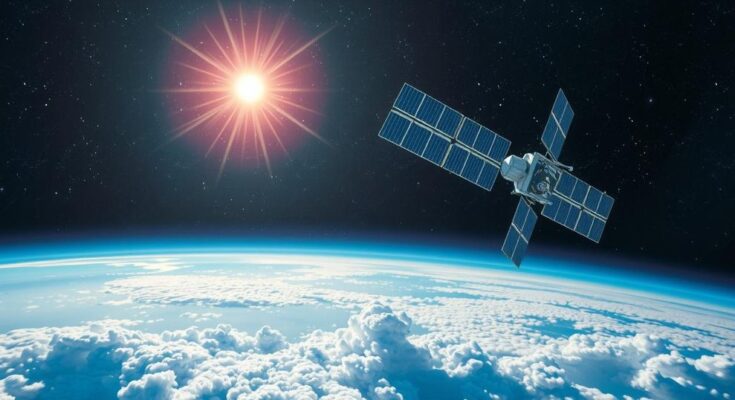China has launched two SuperView Neo-1 satellites to strengthen its commercial remote sensing capabilities. Operated by China Siwei, the satellites form part of a larger constellation aiming for 28 satellites. This launch marks China’s ninth orbital attempt of the year, highlighting its commitment to expanding its space program through innovative technologies and upcoming missions.
On February 27, China successfully expanded its commercial high-resolution remote sensing capabilities by launching two SuperView Neo-1 satellites aboard a Long March 2C rocket from Jiuquan Satellite Launch Center. The rocket lifted off at 2:08 a.m. Eastern Time (0708 UTC), and the China Aerospace Science and Technology Corporation (CASC) confirmed the mission’s success shortly thereafter. The payload, initially undisclosed, included the SuperView Neo-1 03 and 04 satellites operated by China Siwei Surveying and Mapping Technology Co., Ltd, a subsidiary of CASC.
These satellites are part of the “China Siwei New Generation Commercial Remote Sensing Satellite System,” which now features nine satellites in orbit and aims to expand to 28. CASC has stated that these satellites provide the highest spatial resolution among commercial remote sensing systems in China, offering ultra-high resolution, agility, accurate positioning, and high-performance data transmission. Such capabilities are poised to support precision mapping services and enhance China’s role in the global commercial remote sensing market.
The existing SuperView constellation consists of four Neo-1 optical satellites, four Neo-2 synthetic aperture radar (SAR) satellites, and one Neo-3 ultra-wide satellite. The former provides detailed high-resolution images, while SAR ensures all-weather imaging capacity. The SuperView Neo-1 satellites were developed by the Shanghai Academy of Space Technology (SAST) and launched by CASC’s China Academy of Launch Vehicle Technology (CALT).
This launch marks China’s ninth attempt at an orbital launch this year, following the recent deployment of the ChinaSat-10R communications satellite and the maiden flight of the Long March 8A rocket. While CASC has not yet outlined its launch plans for the year, notable upcoming missions include the Tianwen-2 asteroid sample return mission, anticipated for May 2025. China is targeting approximately 100 total launches for 2024, alongside efforts to introduce new commercial launch vehicles in the coming years.
In addition to the Tianwen-2 mission, plans for 2024 include multiple crewed missions to the Tiangong space station and the launch of new cargo spacecraft. The ambitions for China’s space program remain significant, with projections for continued expansion and innovation in both government and commercial sectors of the space industry.
In summary, China has successfully launched two SuperView Neo-1 satellites, enhancing its high-resolution remote sensing capabilities. This addition forms part of a broader initiative to establish a significant presence in the commercial remote sensing sector. The upcoming year promises further advancements in China’s space endeavors, with many orbital launches planned and ambitious missions on the horizon.
Original Source: spacenews.com




